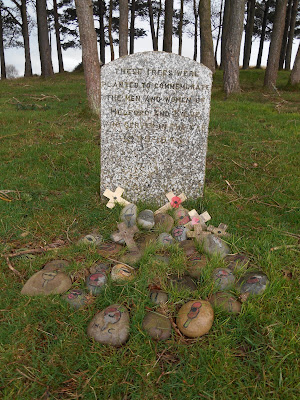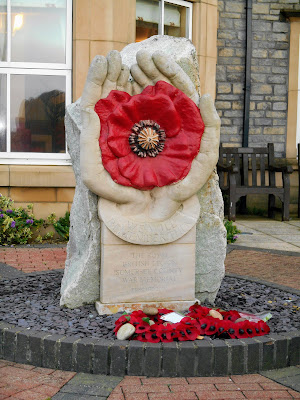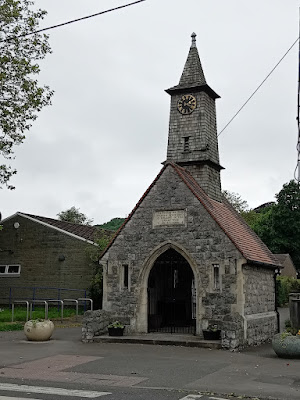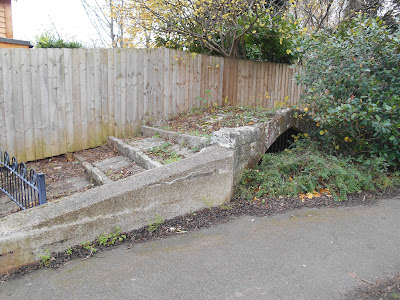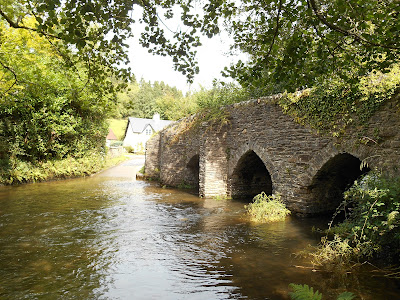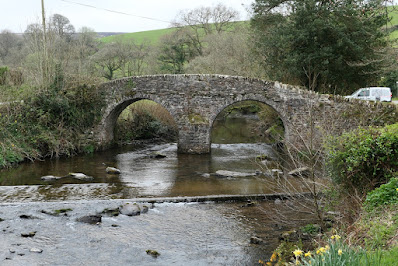The Two Moors Way, a long distance path which links Exmoor and Dartmoor, was officially opened on 29th May 1976. It was created and developed by Joe Turner. The original Two Moors Way ran for 102 miles from Lynmouth to Ivybridge. The 15 mile Erme-Plym Trail from Ivybridge to Wembury was added to it in 2005, to make it a coast to coast path. The Two Moors Way is described as "Devon's Coast to Coast" but the stretch from the Hoar Oak Tree to Hawkridge is in Somerset.
After Joe Turner's death in 2004, Peter Randall-Page, a Dartmoor based sculptor, created a pair of stone memorials to him. They are large granite boulders with lots of small round holes carved into them. One is located at the southern boundary of Exmoor National Park at Badlake Moor Cross near West Anstey. The other is located on the northern boundary of Dartmoor at Drewsteignton.















